Intro
Relieve wrist pain and alleviate carpal tunnel symptoms with a wrist splint. Discover the 5 ways a wrist splint helps, from reducing strain on the median nerve to promoting proper wrist alignment. Learn how a wrist splint can provide support, stability, and comfort, helping you manage carpal tunnel syndrome and prevent further injury.
Carpal tunnel syndrome is a common condition that affects millions of people worldwide. It occurs when the median nerve, which runs from the forearm into the hand through a narrow passageway in the wrist, becomes compressed or pinched. This compression can lead to numbness, tingling, and pain in the hand and wrist, making everyday activities challenging. One of the most effective ways to manage carpal tunnel syndrome is by wearing a wrist splint. In this article, we will explore five ways a wrist splint helps alleviate the symptoms of carpal tunnel.
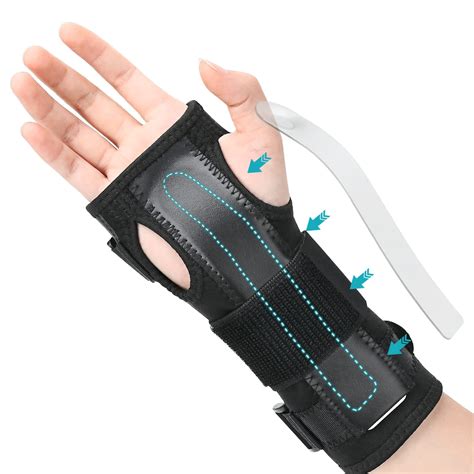
What is a Wrist Splint?
A wrist splint is a lightweight, rigid or semi-rigid device that is worn around the wrist to provide support and stability. It is typically made of plastic, metal, or a combination of both, and is designed to keep the wrist in a neutral position, preventing excessive flexion or extension.
Benefits of Wearing a Wrist Splint
Wearing a wrist splint can provide several benefits for individuals with carpal tunnel syndrome. Here are five ways a wrist splint can help:
1. Reduces Compression on the Median Nerve
One of the primary ways a wrist splint helps alleviate carpal tunnel symptoms is by reducing compression on the median nerve. By keeping the wrist in a neutral position, the splint prevents the nerve from being pinched or compressed, allowing it to function properly.
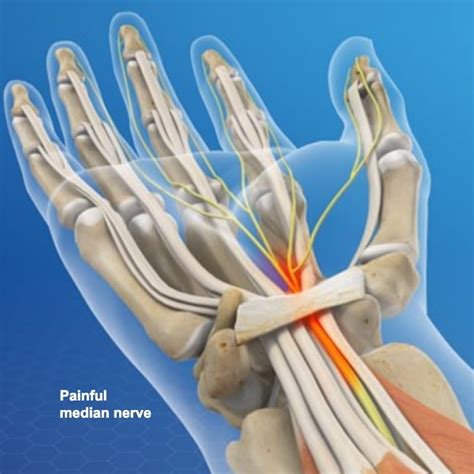
How it Works
When the wrist is flexed or extended, the median nerve can become compressed, leading to numbness and tingling in the hand. By wearing a wrist splint, the wrist is kept in a neutral position, preventing excessive flexion or extension, and reducing compression on the median nerve.
2. Provides Support and Stability
A wrist splint provides support and stability to the wrist, preventing excessive movement that can exacerbate carpal tunnel symptoms. By keeping the wrist stable, the splint allows the median nerve to function properly, reducing numbness and tingling.
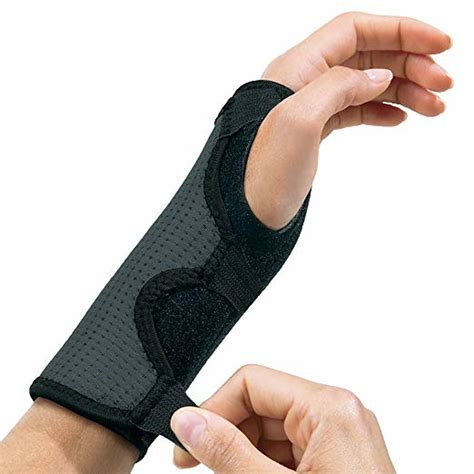
Benefits of Support and Stability
Providing support and stability to the wrist can help alleviate carpal tunnel symptoms in several ways. It can reduce numbness and tingling, prevent pain and discomfort, and improve hand function.
3. Improves Hand Function
Wearing a wrist splint can improve hand function by allowing the median nerve to function properly. When the nerve is compressed, it can lead to weakness and numbness in the hand, making everyday activities challenging. By wearing a wrist splint, individuals can improve hand function, making it easier to perform daily tasks.
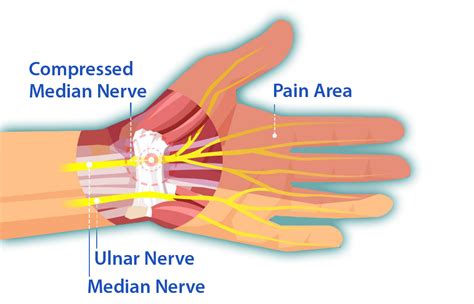
Benefits of Improved Hand Function
Improving hand function can have a significant impact on daily life. It can make it easier to perform everyday tasks, such as cooking, cleaning, and personal care. It can also improve overall quality of life, allowing individuals to participate in activities they enjoy.
4. Reduces Pain and Discomfort
Wearing a wrist splint can reduce pain and discomfort associated with carpal tunnel syndrome. By keeping the wrist in a neutral position and reducing compression on the median nerve, the splint can alleviate pain and discomfort.
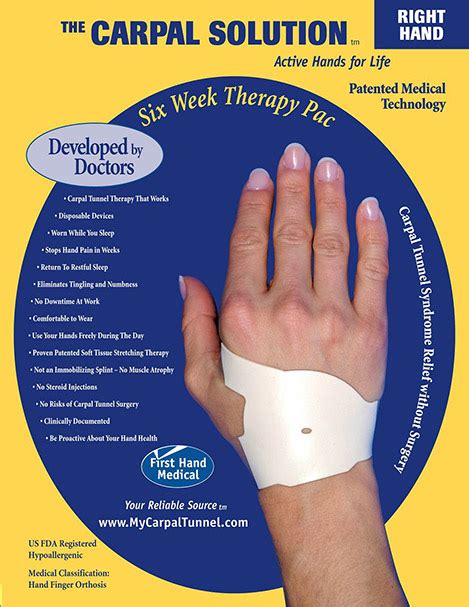
Benefits of Pain Relief
Reducing pain and discomfort can have a significant impact on daily life. It can improve overall quality of life, allowing individuals to participate in activities they enjoy. It can also improve sleep quality, as pain and discomfort can often disrupt sleep.
5. Prevents Further Injury
Wearing a wrist splint can prevent further injury to the wrist and hand. By keeping the wrist in a neutral position and reducing compression on the median nerve, the splint can prevent further damage to the nerve and surrounding tissues.
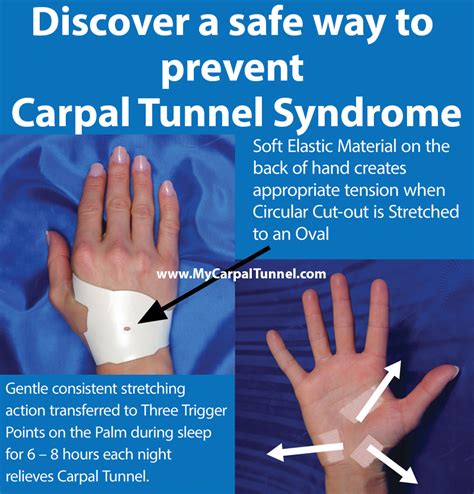
Benefits of Injury Prevention
Preventing further injury can have a significant impact on daily life. It can improve overall quality of life, allowing individuals to participate in activities they enjoy. It can also reduce the risk of long-term damage to the wrist and hand.
What is the best way to wear a wrist splint?
+The best way to wear a wrist splint is to follow the manufacturer's instructions. Typically, the splint should be worn at night and during activities that exacerbate carpal tunnel symptoms.
Can I wear a wrist splint during the day?
+Yes, you can wear a wrist splint during the day, especially during activities that exacerbate carpal tunnel symptoms. However, it is essential to follow the manufacturer's instructions and take regular breaks to stretch and move your wrist.
How long does it take to see results from wearing a wrist splint?
+The time it takes to see results from wearing a wrist splint can vary depending on the individual and the severity of their carpal tunnel symptoms. However, many people experience relief from symptoms within a few days to a week of wearing the splint.
In conclusion, wearing a wrist splint can be an effective way to manage carpal tunnel symptoms. By reducing compression on the median nerve, providing support and stability, improving hand function, reducing pain and discomfort, and preventing further injury, a wrist splint can improve overall quality of life. If you are experiencing carpal tunnel symptoms, consult with your healthcare provider to determine the best course of treatment.
We hope this article has been informative and helpful. If you have any questions or comments, please feel free to share them below.
